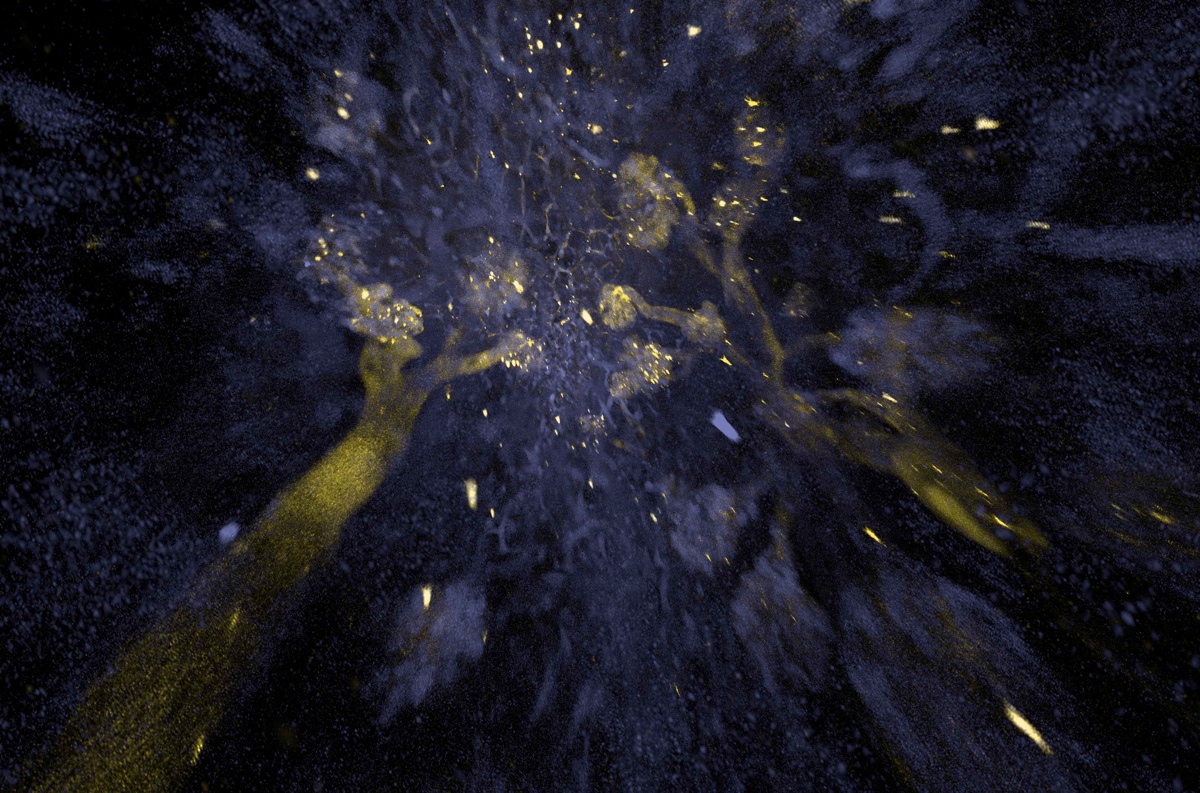Transparent Bodies: Mice Go See-Through For Science

A warm, furry mouse has been transformed into a pale, gooey-looking "see-through" version of its former self, by researchers wielding a new technique they say could be used to better understand processes in the body.
The technique — which can reveal all of an animal's organs, from its brain to its kidneys, while keeping them intact — could lead to a better understanding of how the brain and body interact, as well as new ways to treat conditions such as chronic pain and autism, according to a study published today (July 31) in the journal Cell.
"Although the idea of tissue clearing has been around for a century, to our knowledge, this is the first study to perform whole-body clearing, as opposed to first extracting and then clearing organs outside the adult body," study researcher Viviana Gradinaru, a neuroscientist at the California Institute of Technology, in Pasadena, said in a statement.
The method could give scientists a clearer view of anything involving whole-organism research, Gradinaru said. For example, they will be able to look at how the peripheral nervous system and organs may influence cognition, or vice versa. [Images: See-Through Mouse]
The researchers previously developed a method for rendering individual organs transparent. That technique involved placing the tissue in a water-based gel to hold its structure, then using detergents to wash away the fatty molecules that light cannot pass though. But this method had been used only to make transparent brains and embryos.
Now, Gradinaru and her team adapted the technique to use on whole mouse bodies by speeding up the process. They found a gel that allowed them to remove the fatty molecules quickly. To prevent damaging the mouse tissue, the researchers injected the gel and detergents directly into the rodent's bloodstream.
Within two to three days after the mixture was injected, organs such as the kidneys, heart, lungs and intestine turned ghostly, and within two weeks, the entire brain had turned clear as well.
Get the world’s most fascinating discoveries delivered straight to your inbox.
In addition, the researchers also developed a solution for storing and imaging thick chunks of transparent tissue using a microscope. Once tissue is stored in this way, scientists will be able to see the connections between cells, as well as the structures and molecules inside cells, the researchers said.
Using high-tech microscopes, the researchers also imaged the see-through organs (that had been stained), revealing stunning views that looked more art than medicine.
Follow Tanya Lewis on Twitter and Google+. Follow us @livescience, Facebook & Google+. Original article on Live Science.




